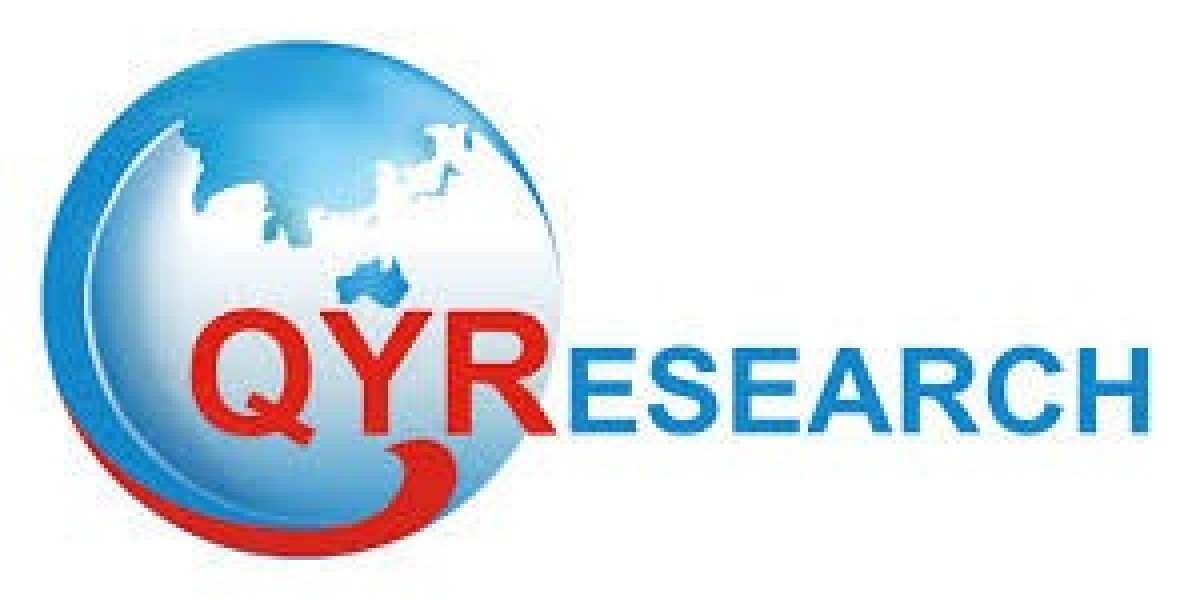Exoskeleton News Highlights
Market Momentum and Projections:
- This surge is driven by advancements in robotics, the increasing need for rehabilitation technologies, and heightened awareness of the benefits in healthcare and manufacturing sectors.
- The Asia Pacific region is anticipated to be the fastest-growing market, with projections reaching $102.7 million by 2030, demonstrating a CAGR of 21.4% from 2025. North America currently holds the largest market share.
Technological Advancements and Integration:
- AI and Sensor Integration: A key trend is the integration of Artificial Intelligence (AI) and advanced sensor technologies to enhance precision, functionality, and user experience. AI-powered exoskeletons can adapt to the user's movements, offering personalized assistance.
- Soft Exoskeletons Emerge: While rigid exoskeletons currently dominate, the soft exoskeleton segment is expected to have a higher CAGR, offering more flexibility and comfort for specific applications.
- IoT Integration: The future of exoskeleton design aims to integrate with the Internet of Things (IoT) to capture data and provide insights for operational improvements.
Key Applications Across Sectors:
- Healthcare Revolution: Exoskeletons are transforming stroke recovery through brain-computer interface technology, as demonstrated by IIT Kanpur's innovative robotic hand exoskeleton. They also aid in rehabilitation for spinal cord injuries and other mobility challenges, with companies like Ekso Bionics and LifeWard making significant contributions.
- Industrial and Manufacturing Efficiency: Exoskeletons are being increasingly adopted in industries to reduce the physical strain on workers during heavy lifting, repetitive tasks, and prolonged standing, preventing musculoskeletal disorders and enhancing productivity. Companies like German Bionic and Ottobock are at the forefront of this application.
- Military Enhancement: Exoskeletons continue to be explored for military applications, aiming to enhance soldiers' strength, endurance, and load-carrying capabilities.
- Assistive Devices for the Elderly: Development of exoskeletons as assistive devices for the elderly is gaining traction, focusing on mobility support and fall prevention to promote independent living.
- Recreational Use: While still in early stages, exoskeletons are being explored for recreational activities like hiking and skiing, aiming to enhance performance and reduce strain.
Challenges and Considerations:
- High Costs: The high cost of exoskeletons remains a significant barrier to widespread adoption, particularly in healthcare and for personal use.
- Regulatory Hurdles: Securing regulatory approvals for medical applications can be a complex and lengthy process.
- User Comfort and Ergonomics: Ensuring user comfort, proper fit, and ease of use remains crucial for the successful adoption of exoskeleton technology.
- Power Source and Efficiency: Improving battery technology and energy efficiency is essential for extending the operational time and reducing the weight of powered exoskeletons.
Noteworthy Developments:
- Medicare Reimbursement: A significant milestone in the medical exoskeleton field was Medicare setting reimbursement rates for personal exoskeletons, improving accessibility for patients.
- Partnerships and Acquisitions: Collaborations and acquisitions within the exoskeleton industry, such as Ottobock's acquisition of SuitX, indicate a maturing market and the recognition of innovative technologies.
- Focus on Specific Body Parts: Development is focusing on exoskeletons for specific body parts like the back, shoulders, and hands to address targeted needs in various industries.
The exoskeleton market is on a promising trajectory, driven by technological advancements and expanding applications across diverse sectors. While challenges related to cost and usability remain, ongoing innovation and increasing awareness are paving the way for wider adoption and a future where exoskeletons play a significant role in enhancing human capabilities and well-being.








